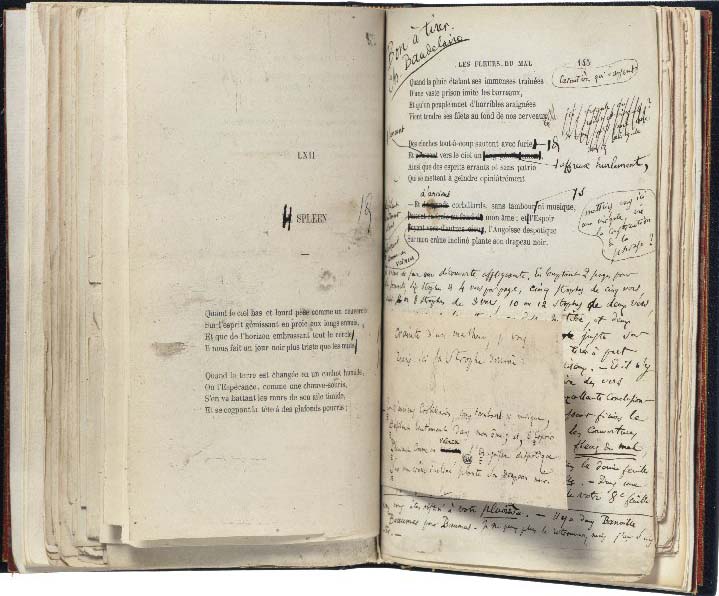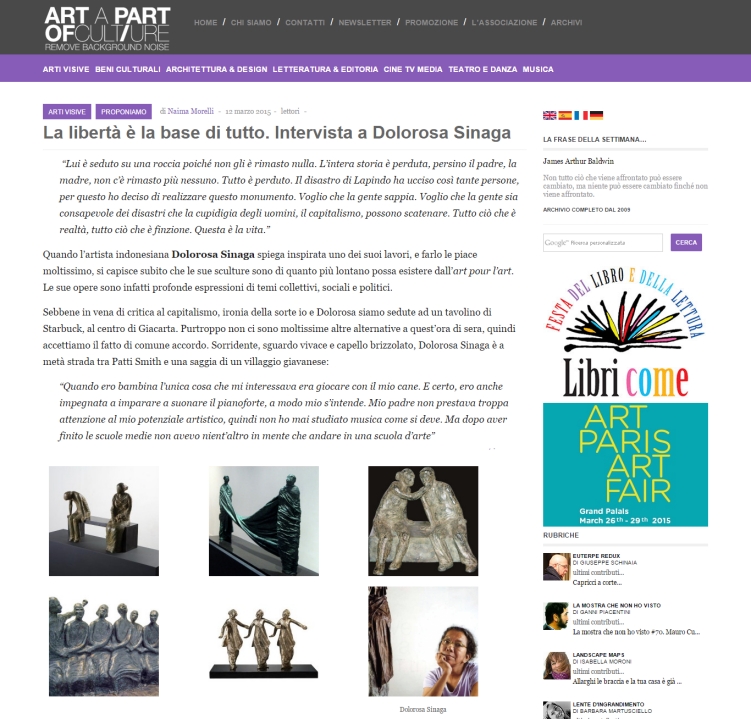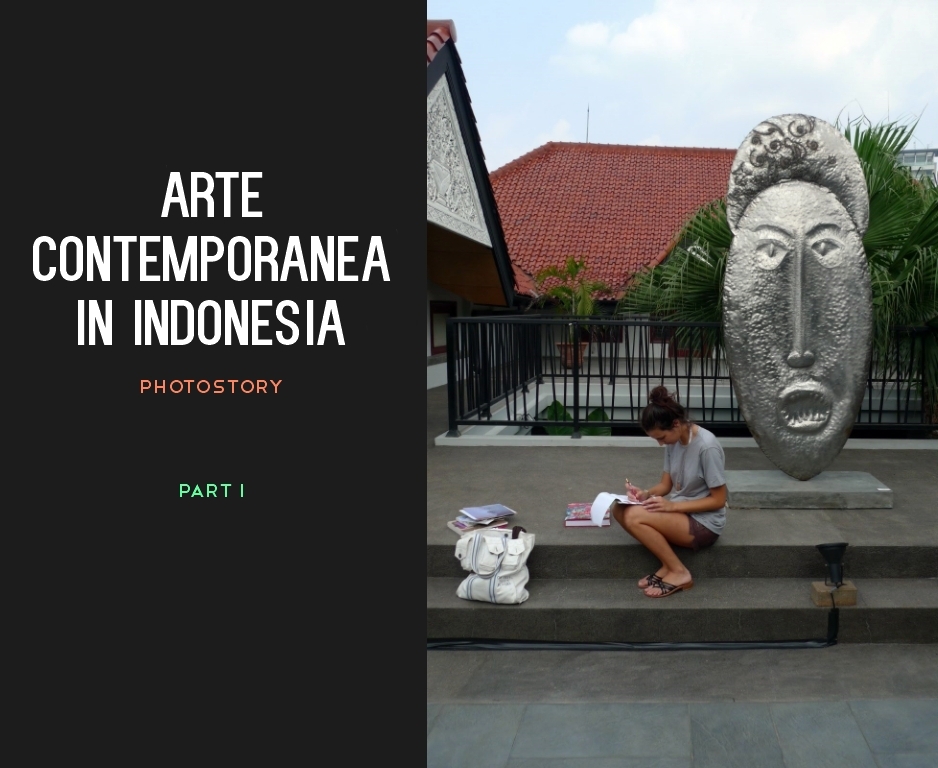
I fiori del male si studiano nelle scuole.
Si studia quanto scandalo suscitò il volumetto di poesie alla sua uscita e quanto erano provocatori gli argomenti proposti, mentre contemporaneamente gli alunni nell’aula sbadigliano, perché sono in un banco, perché una professoressa gli sta spiegando un poeta, già bello e crepato tra l’altro, ma in fin dei conti poco importa questo, non è che si interessino ad Umberto Eco solo perché è vivente, forse alle ultime vicissitudini musicali dell’idolo tv Marco Carta, ecco, quello forse si, oppure all’uscita imminente dell’ultima versione di GTA, il nuovo fortissimo videogioco, o magari, volendo proprio tirare in ballo la letteratura, il nuovo libro di Moccia, che quello si che ci fa sognare, altro che Baudelaire!
Va bene, ok, non tutti i GGGiovani sono così, quindi se voi che leggete siete dei ragazzi e vi siete sentiti offesi, rallegratevi! La vostra virtuosità nel soffermarvi su letture più edificanti risalterà più fulgida che mai per contrasto. Resta il fatto che seppure voi non vi considerate così, la maggior parte dei vostri coetanei lo è, e infatti tutti in quella classe, tranne forse chi era in bagno quando la professoressa di francese scriveva lo schemino alla lavagna (semmai lui si farà prestare il quaderno dall’amico) tutti quanti ricopieranno lo schema, trascrivendo tutte quelle parole chiave che gli faranno ricordare la poetica dell’autore: Scandalizzare Il Borghese, Provocare La Società, Poeta Maledetto, poi a casa a imparare sistematicamente la lezione, il giorno dopo essere interrogati e basta, la prossima settimana tocca a Rimbaud.
Così è transitato Baudelaire per il cervello di un adolescente, così ne è fuoriuscito, ed è già tanto se da grande, quando il poeta gli verrà nominato da qualcuno che ne sa meno di lui, potrà dire, se colto da un sussulto di sincerità “ah si…lo studiai ai tempi del Liceo…”, più probabilmente si limiterà ad annuire.
Read More








